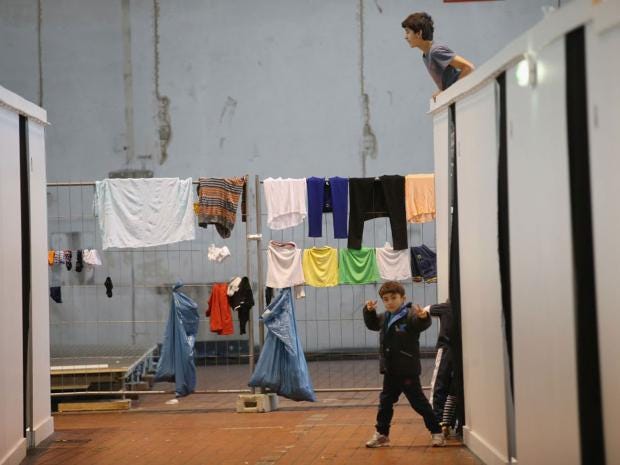Immigration is a controversial topic all around the world. This has been especially reflected in Columbus and Berlin as of recent. Since both cities have large immigration populations, there is an increased concern about possible terrorism and safety within these countries. Berlin, as well as the rest of Germany suffered from a particularly bloody summer. On September 18 of this year, a police woman was stabbed in the neck by a radical Islamic terrorist (Sunday Express). In addition to this attack, there have been numerous other attacks around the rest of Germany. In a single week (July 18-July 24) there were 4 attacks in various cities. These attacks include two knife attacks, a shooting, and a bombing. This is mirrored in Columbus, on a much smaller scale, because there have been 2 attacks in the past year. In February of this year, a man entered a restaurant with a machete and began attacking customers. He injured 4 people before he was killed when he tried to attack police. The much more recent, and much more traumatizing, attack was the attack outside of Watts Hall this past week. An OSU student drove his car into a crowd of people, and then got out of his car and slashed at people with a butcher knife. All of these attacks, both in Columbus and Germany all share similar traits. Many people are concerned that the increase in terrorism is due to the increase in immigrant population in both cities. In Berlin, nearly 50% of children living there have some sort of an immigrant background (berlin.de). Many refugees come to Berlin as well. There are over 2,000 refugees living in Berlin’s Tempelhof airport (Independent).

While I was not able to find any exact values on the number of refugees staying in Columbus, I found numerous organizations that provide housing for refugees in the Columbus area. In addition to refugees, Columbus has been experiencing a rise in immigration from places such as Mexico, India, China, and Somalia (Columbus Council on World Affairs). The immigrant population in both Columbus and Berlin is something to be celebrated. America is considered a “melting pot” and we should be proud about the diversity that is spreading throughout Columbus. It shows that Columbus is a welcoming town that accepts people of all different backgrounds. The diverse immigrant population also allows immigrants to hold onto a small part of home while assimilating. As someone who lived outside of the United States for a while, the culture shock can be terrifying. Having people, restaurants, and other places that remind you of home can make the transition much easier. In addition to immigration being socially beneficial, it also benefits the economy in Berlin.

As the population of Germany ages and shrinks, the large increase in immigrants helps balance it out. Immigrant families tend to have more children than German families (Stratfor). Since this will greatly benefit Germany as a whole, it is likely that it will be made easier for high and semi skilled immigrants to find a place to work in Germany.




